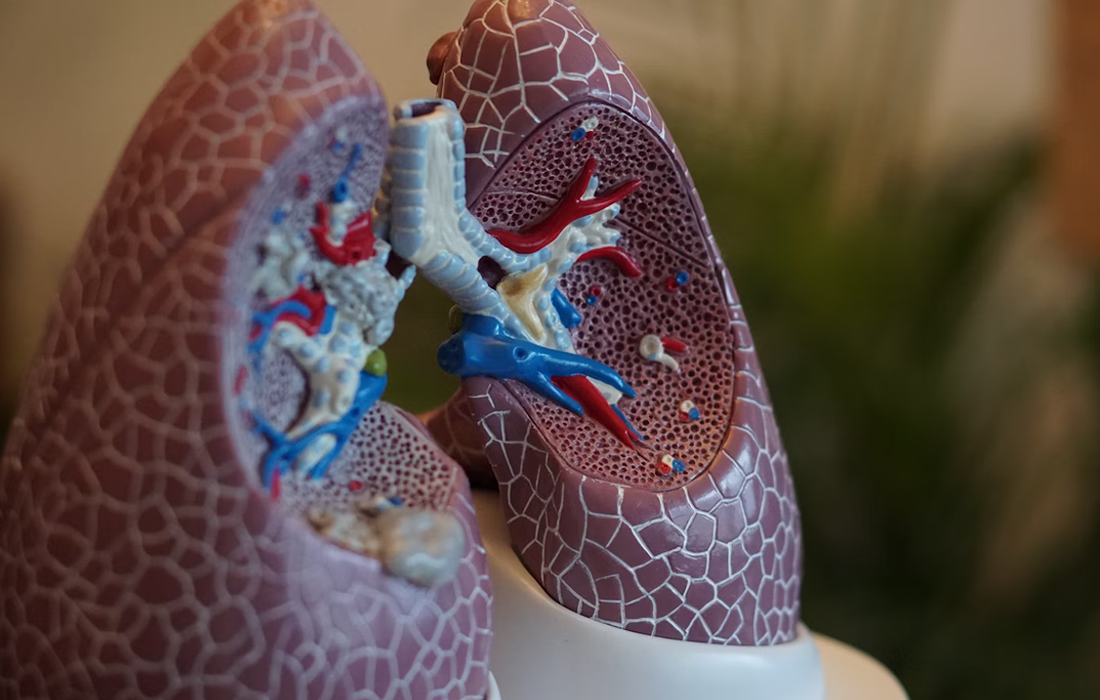Regenerative Medicine News and General Information
Type 2 Diabetes and Lung Disorders
Groundbreaking research published today in Nature Genetics describes the largest-ever study into the genetics of random “round-the-clock” blood glucose levels. The study, involving almost half a million people of diverse backgrounds, describes new DNA variants influencing blood sugar levels measured “at random.”
The team of researchers, led by Professor Inga Prokopenko at the University of Surrey on behalf of the Meta-Analysis of Glucose and Insulin-related Traits Consortium (MAGIC), analysed data from 17 major studies, including the UK Biobank.
This research highlighted that individual responses to drugs from the popular class of GLP-1R agonists, used to treat type 2 diabetes and obesity, can depend on DNA variants in the target gene, GLP1R.
Scientists also revealed, for the first time, that type 2 diabetes can directly cause lung complications. In the largest-ever genetic study exploring how genes affect blood sugar levels and health outcomes, researchers concluded that lung disorders should now be considered a complication of type 2 diabetes.
GLP-1R agonists are used to treat individuals with type 2 diabetes to improve their glycaemic control, meaning their ability to keep blood sugar levels within a normal range. The scientists conducted functional and structural characterisation of coding DNA variants in the GLP1R (GLP-1 receptor) gene. The authors highlight that the effect on GLP-1 receptor function and response to GLP-1R agonist drugs might differ from one individual to another depending on the GLP1R gene coding DNA variants they carry.
Overall, patients carrying specific DNA variants in the GLP1R gene are less likely to benefit from GLP-1R agonist drug treatment.
The study identified roles for tissues not previously implicated in glucose metabolism, most notably those belonging to the intestinal tract, specifically the ileum and colon.
It is common knowledge that food eaten is received by the duodenum (the first part of the small intestine) and mixed there with digestive juices from the pancreas, liver, and gallbladder. The jejunum and ileum further break down food and absorb nutrients into the bloodstream.
The large intestine, also known as the colon, absorbs water and electrolytes from undigested food and hosts a diverse community of bacteria known as the gut microbiome.
This study showed that the human gut microbiome and glycome are related to glucose levels regulation and highlighted the role of lactose- and galactose-based production of glucose by microbiome species Collinsella and Lachnospiraceae-FCS020.
Type 2 diabetes has many risk factors, including age, genetics, ethnicity, and body weight.
Sources:
Vasiliki Lagou, Longda Jiang, Anna Ulrich, Liudmila Zudina,et al. GWAS of random glucose in 476,326 individuals provide insights into diabetes pathophysiology, complications and treatment stratification. Nature Genetics, 2023; 55 (9): 1448 DOI: 10.1038/s41588-023-01462-3
University of Surrey. (2023, September 7). Genetic study of blood glucose levels calls for stratified treatment with GLP-1R agonists in type 2 diabetes. ScienceDaily. Retrieved September 8, 2023 from www.sciencedaily.com/releases/2023/09/230907130323.htm
Image from: https://unsplash.com/photos/Pw9aFhc92P8

